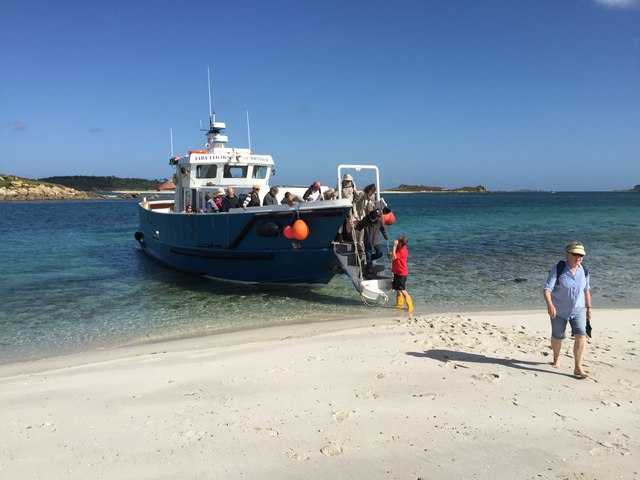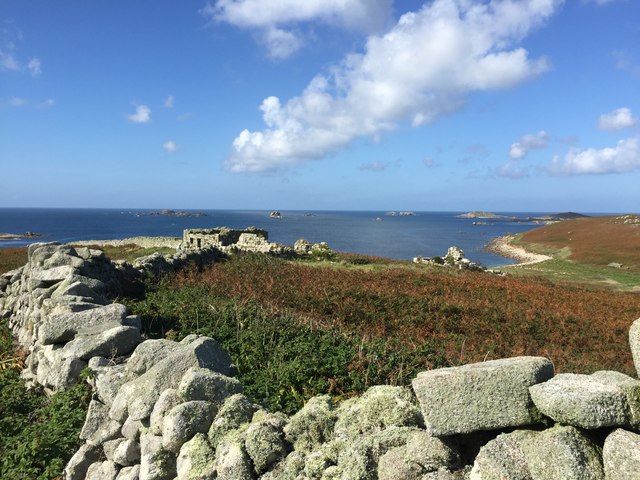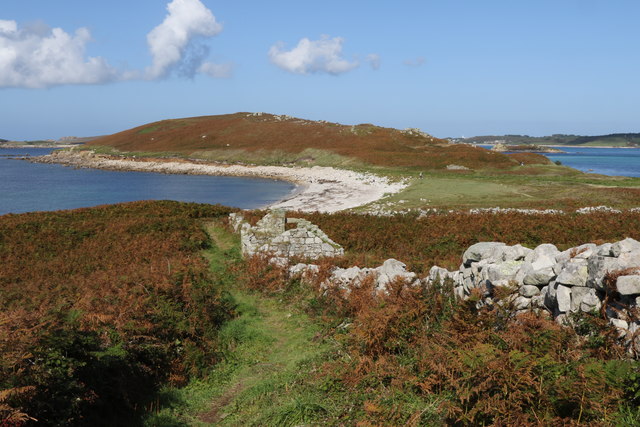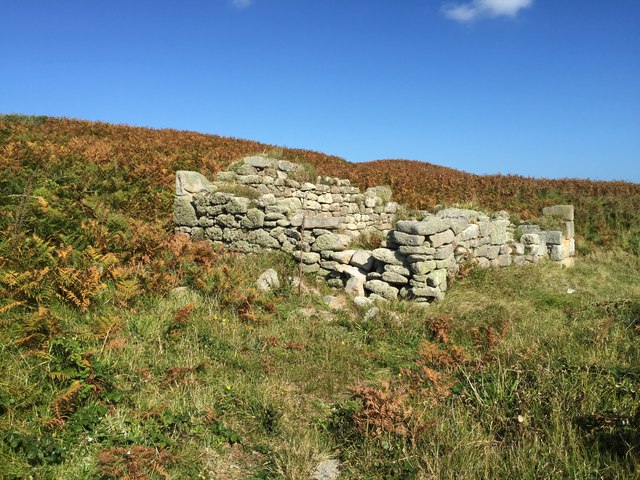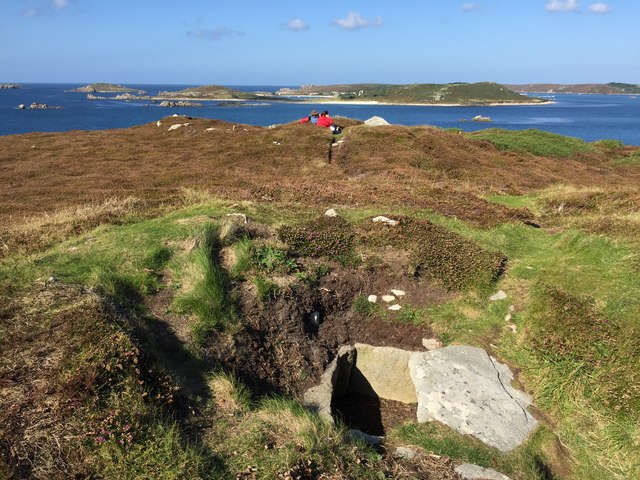Tarbarrel Rock
Island in Cornwall
England
Tarbarrel Rock
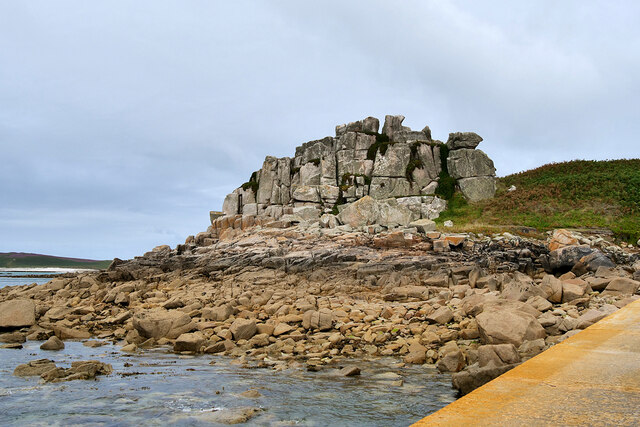
Tarbarrel Rock is a small island located off the coast of Cornwall, England. It is situated approximately 500 meters from the mainland, near the popular tourist destination of St. Ives. The island gets its name from the distinctive rock formation that resembles a tar barrel.
The island itself is quite small, measuring only about 100 meters in diameter. It is composed mainly of granite, which is a common geological feature in this part of Cornwall. The rugged coastline surrounding the island is characterized by towering cliffs and rocky outcrops, adding to its natural beauty.
Tarbarrel Rock is accessible by boat during low tide, but caution must be exercised due to its proximity to the mainland and the potential for strong currents. The island is popular among photographers and nature enthusiasts, who are attracted to its unique rock formations and the abundance of marine life in the surrounding waters.
Visitors to Tarbarrel Rock can enjoy breathtaking views of the Atlantic Ocean and the surrounding coastline. The island is also home to a variety of seabirds, such as gulls and cormorants, which nest on the cliffs. During low tide, tide pools are exposed, providing an opportunity for exploration and observation of marine organisms.
Overall, Tarbarrel Rock offers a picturesque and serene escape from the hustle and bustle of mainland Cornwall. Its natural beauty and diverse wildlife make it a must-visit destination for nature lovers and those seeking a tranquil coastal experience.
If you have any feedback on the listing, please let us know in the comments section below.
Tarbarrel Rock Images
Images are sourced within 2km of 49.928498/-6.3543673 or Grid Reference SV8712. Thanks to Geograph Open Source API. All images are credited.




Tarbarrel Rock is located at Grid Ref: SV8712 (Lat: 49.928498, Lng: -6.3543673)
Division: Isles of Scilly
Unitary Authority: Isles of Scilly
Police Authority: Devon and Cornwall
What 3 Words
///mute.decimals.classic. Near Bryher, Isles of Scilly
Nearby Locations
Related Wikis
Samson, Isles of Scilly
Samson (Cornish: (Enys) Sampson) is the largest uninhabited island of the Isles of Scilly, off the southwestern tip of the Cornish peninsula of Great Britain...
HMS Colossus (1787)
HMS Colossus was a 74-gun third-rate ship of the line of the Royal Navy. She was launched at Gravesend on 4 April 1787 and lost on 10 December 1798. During...
Isles of Scilly
The Isles of Scilly ( SIL-ee; Standard Written Form: Syllan, Enesek Syllan, or Enesow Syllan) is an archipelago off the southwestern tip of Cornwall, England...
Oliver's Battery, Tresco
Oliver's Battery is a ruined artillery battery on the island of Tresco in the Isles of Scilly off of Cornwall, England. It was built by the Parliamentarian...
Nearby Amenities
Located within 500m of 49.928498,-6.3543673Have you been to Tarbarrel Rock?
Leave your review of Tarbarrel Rock below (or comments, questions and feedback).

